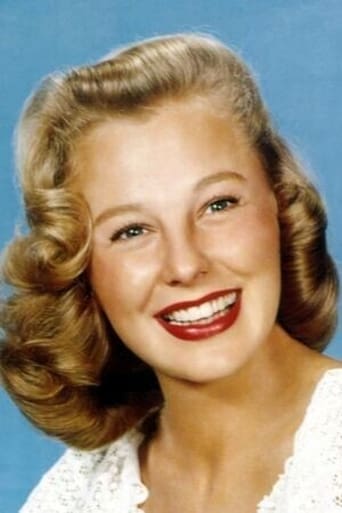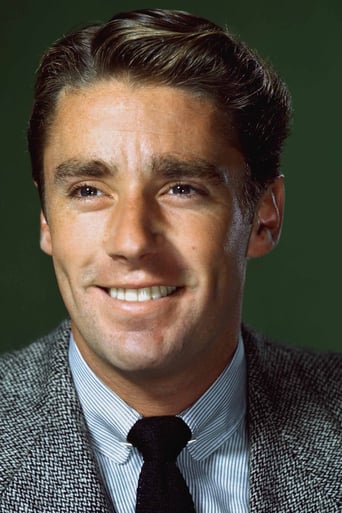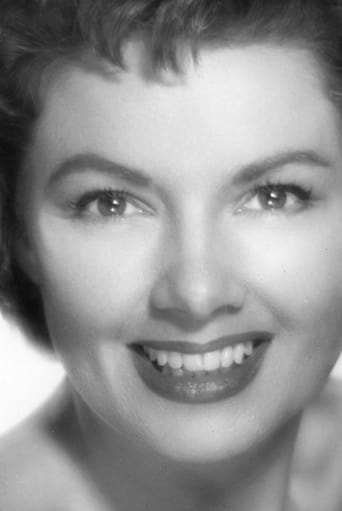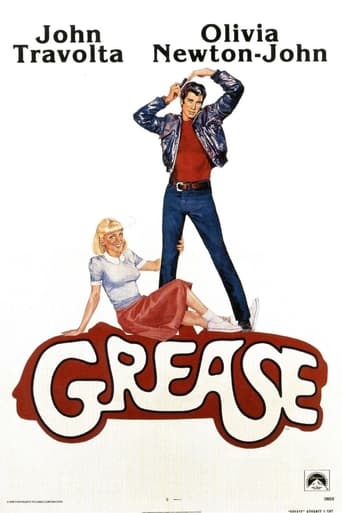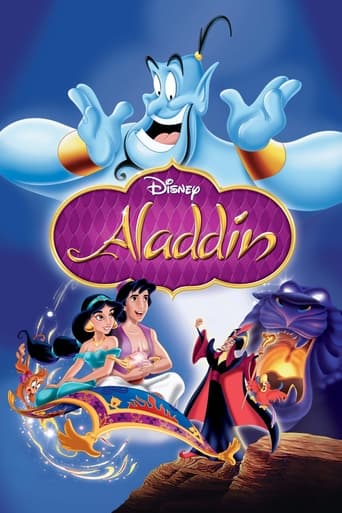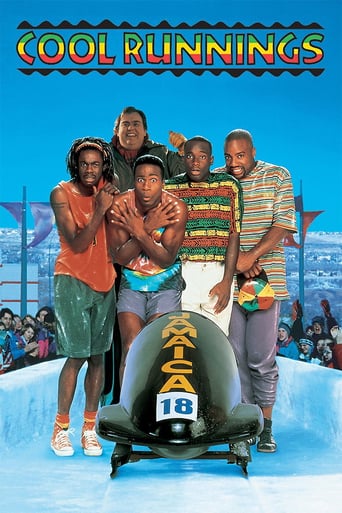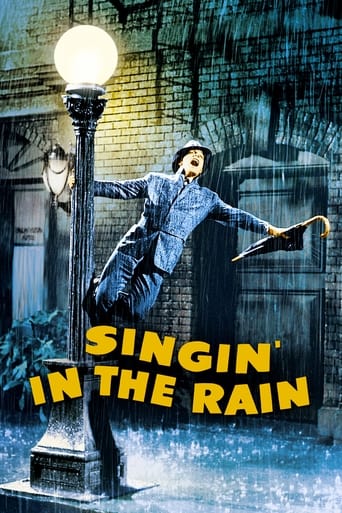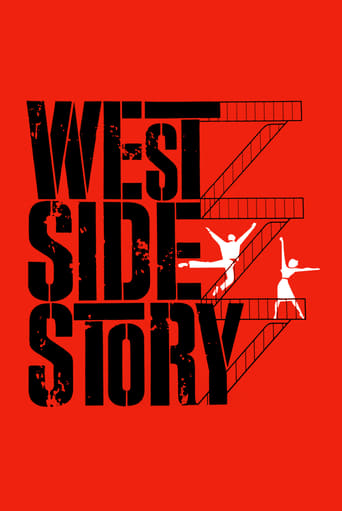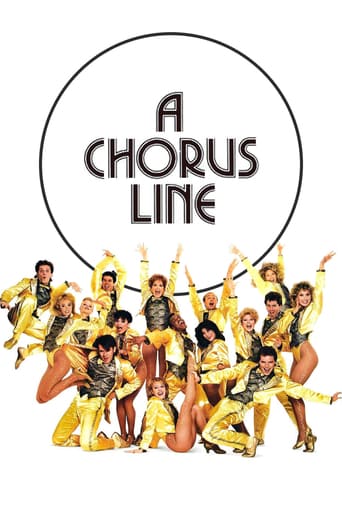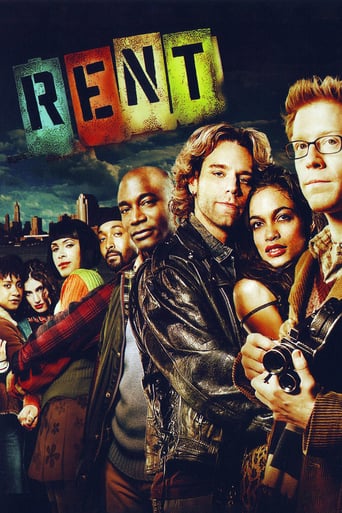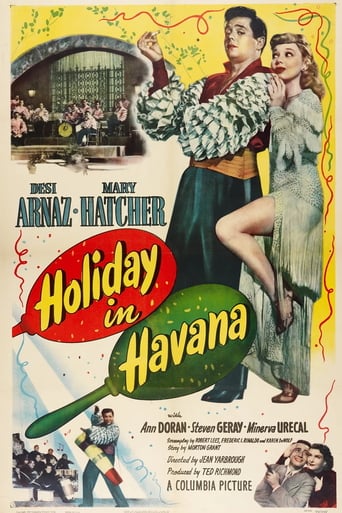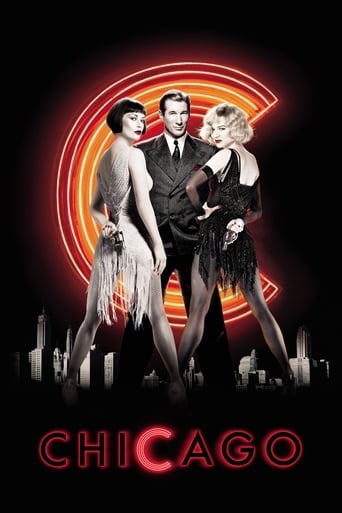

Good News (1947)
At fictitious Tait University in the Roaring '20s, co-ed and school librarian Connie Lane falls for football hero Tommy Marlowe. Unfortunately, he has his eye on gold-digging vamp Pat McClellan. Tommy's grades start to slip, which keeps him from playing in the big game. Connie eventually finds out Tommy really loves her and devises a plan to win him back and to get him back on the field.
Watch Trailer
Cast


Similar titles
Reviews
"Good News" is a musical comedy about life at Tait College in 1927. The script--by Comden and Green--features plenty of Roaring 20s patter, like "bee's knees". Its dance numbers also contain plenty of anachronistic swing dancing, to satisfy audiences of its time. Since the dancing is one of its best features, it gets no criticism from me.Filmed in Technicolor, it also displays some wonderful fashions, though some are not as nice as others. The songs, written by Henderson, Brown and DeSylva, are similarly uneven, but they include "The Best Things in Life Are Free", which gets the classy treatment of Mel Torme.The story centers around sorority girl Connie Lane (June Allyson) who--despite her best intuitions--develops a crush on BMOC Tommy Marlowe (Peter Lawford). Neither of them are spectacular singers, and they would not be my choices for these roles. The lensman must have used all the gauze in the set's first aid kit achieving the relentless soft focus for Allyson (who was age 30).The show is stolen by Joan McCracken, who plays Babe Doolittle--the vivacious ball of energy who leads the electrifying dance sequence for "Pass That Peace Pipe". She would have few acting credits in films. (She would also marry Bob Fosse)Despite one of June Allyson's weaker performances, this film has much to recommend it. June had plenty of other roles in which she shines.
The chance of waking up at six AM in a semi semiconscious state, flipping on my T.V. and seeing the 1947 film GOOD NEWS, well was such a wonderful surprise. The film of a fantasy life on a college campus sparked me into awaking on a happy positive note. Zany,yes Colorful,yes Lighthearted,yes ESCAPE,yes into a world that seem be be removed from our modern day world. Why shouldn't a Film, Broadway play allow you to slide back into a more comfortable Time and Place? Look theater and the film industry's job is to give us all a place to regenerate our joys and outlook of life. Some how the current films main purpose seems too be,to hang a dark cloud over the populous, retreat into the sanctuary of our home. Times are a changing! and bad in now good. Someone with Intelligence and Knowledge should pick up the script of GOOD NEWS! and run like deer to Broadway in good old N.Y.C. and get this gem on stage. The American public is ripe for some good,happy toe taping fun. I want to leave a theater and feel there is still hope for the human race.....Isn't that what entertaining is all about? But of course the non talented producers seem to not understand the needs of a American Renaissance. Is there something wrong leaving a theater with a smile on your face and a song in your heart". Or is that too plebeian? Lou Sisbarro
Despite winning an Oscar for one of its songs, "Good News" appears to be a strictly second-tier sort of musical with little to distinguish it. The plot is paper-thin, the singing a bit suspect and the film very light and forgettable.The film is set at Tait College in 1927 (though, oddly, the women's hair and many of the dresses are strictly 1940s). The plot hinges on whether the school's star quarterback (Peter Lawford) will pursue a snobbish new student (Patricia Marshall) or recognize how wonderful the assistant librarian (June Allyson) is. The plot doesn't get any deeper than that! Like all musicals, the film is chock full of singing as well as dance numbers. However, I was amazed at the mediocrity (at best) of most of the singing. Apart from Mel Tormé (who had a great voice), the singers are either adequate (such as Allyson) or pretty awful (Lawford--who NEVER should have been allowed to sing in a musical). The songs, while bouncy, are pretty much fluff--which works perfectly with the plot, which is also pure fluff. Overall, the film isn't unpleasant but it also isn't very good or memorable. Strictly a second-tier sort of film from MGM.By the way, I thought it awfully funny that when Allyson was supposedly teaching Lawford French, she would say words in French and invariably, Lawford's pronunciation (of words he'd never supposedly heard before) was as good or better!
Lively MGM musical, the sort of escapism that big-budget studio did best. The emphasis here is on wholesome, especially McCracken (Babe) and Allyson (Connie), neither of whom is glamorized in typical Hollywood style. In fact, McCracken reminds me of a slightly chubby Debbie Reynolds, in the type role Debbie would soon get.This celebration of college life is supposedly set in the 1920's, but the girls' fashions are definitely 40's-type skirts and sweaters. And what a colorful celebration it is. Those massed dance numbers amount to real eye candy, and what a show-stopper that malt shop number is, so expertly choreographed and performed.Frankly, when I think musical, Peter Lawford doesn't spring to mind, although he does better here than I would expect. His sleek good looks don't quite fit the wholesome mode, but never mind since he was quite a heart-throb in those days. Can't help noting that both the talented McCracken and Ray McDonald (Bobby) died young, while Patricia Marshall (Pat) appears to have left the business shortly after this production. Perhaps the lack of "star power" is one reason the film is not better known.Nonetheless, really distinguishing the musical score is that great song and profound truth about the best things in life being free. But most of all, there's the post-war exuberance that simply bubbles over throughout the 90-minutes of song and dance. And like a bite of cotton candy at a carnival, the world seems like a much better place afterward.


